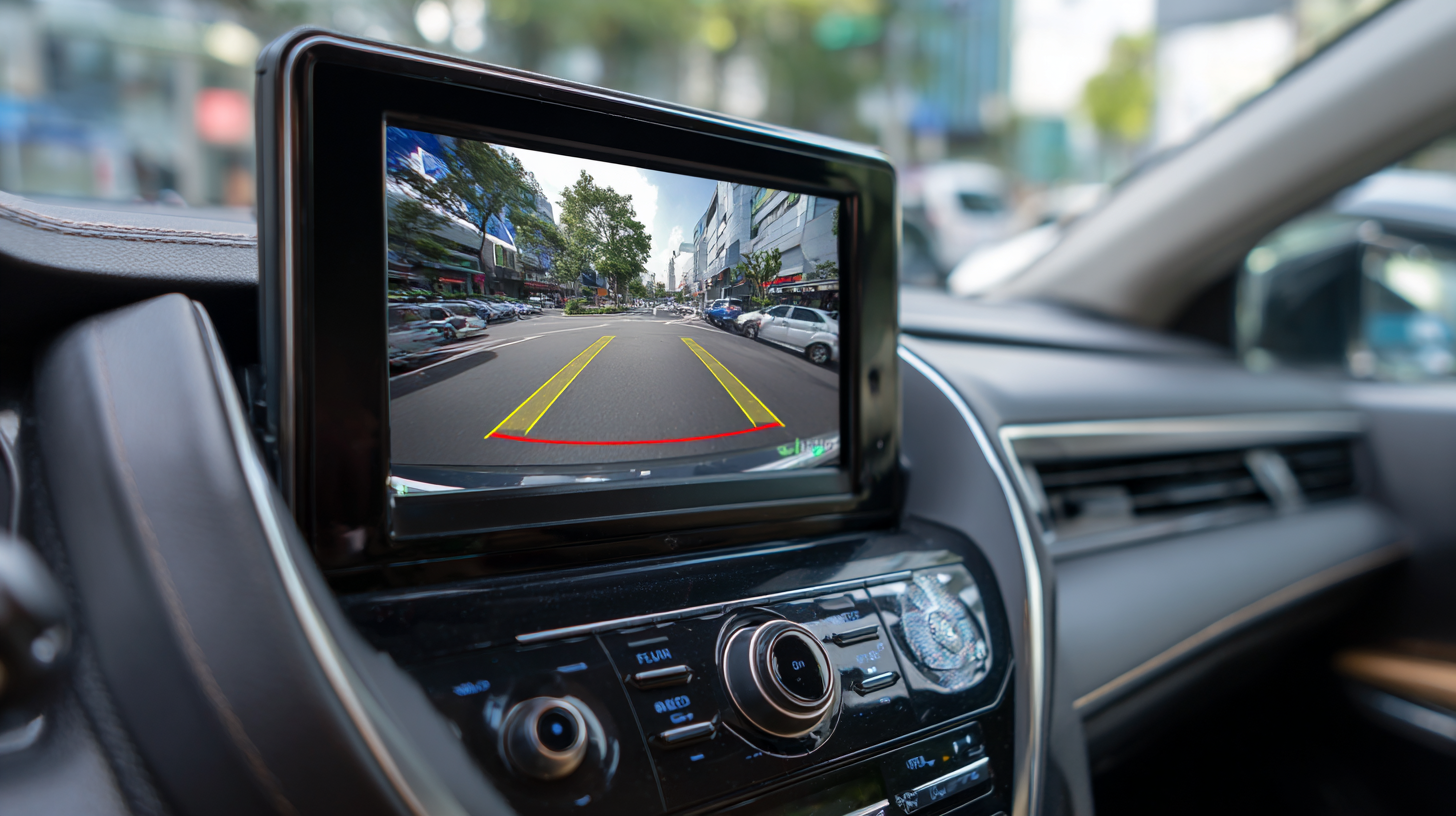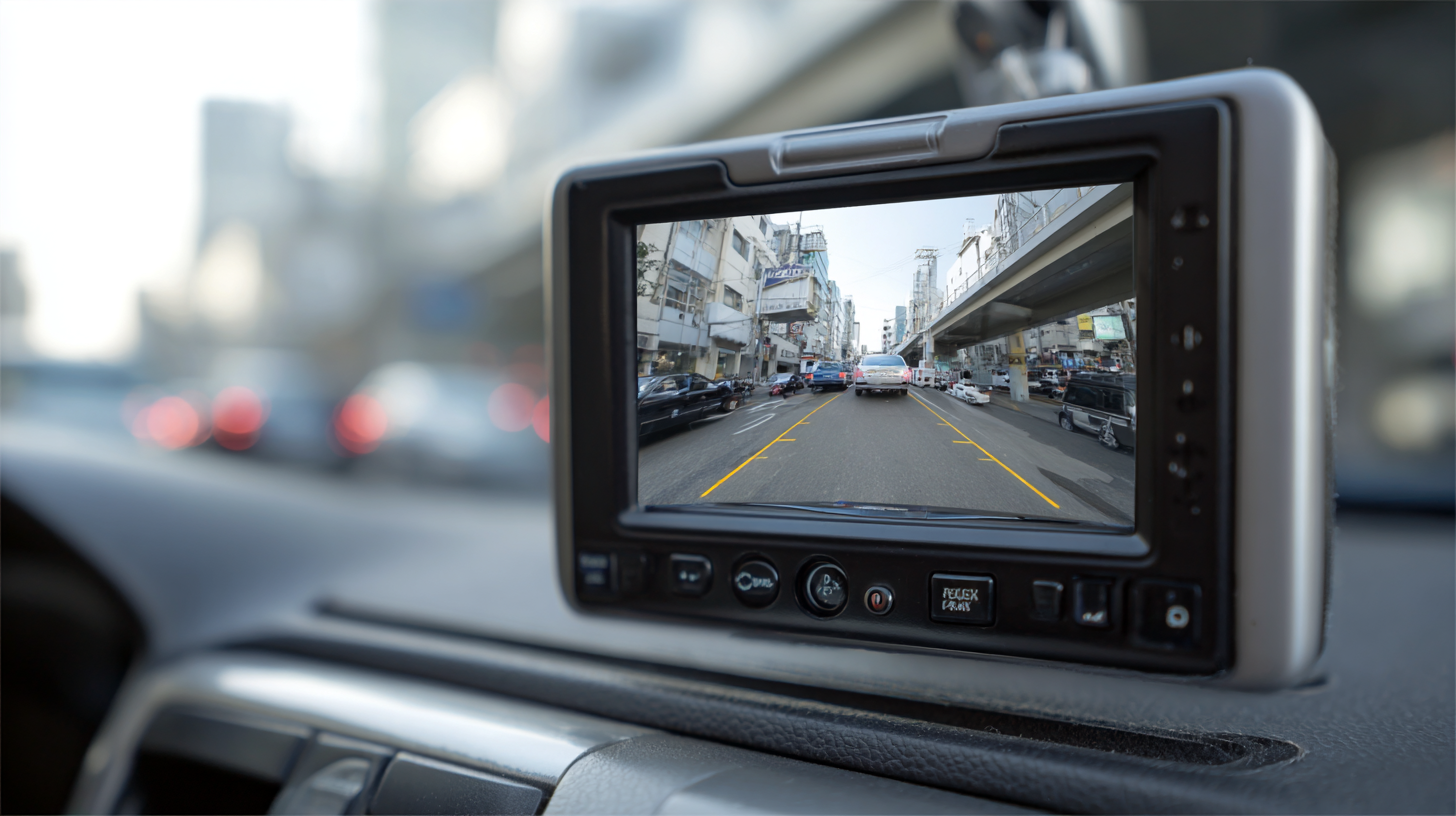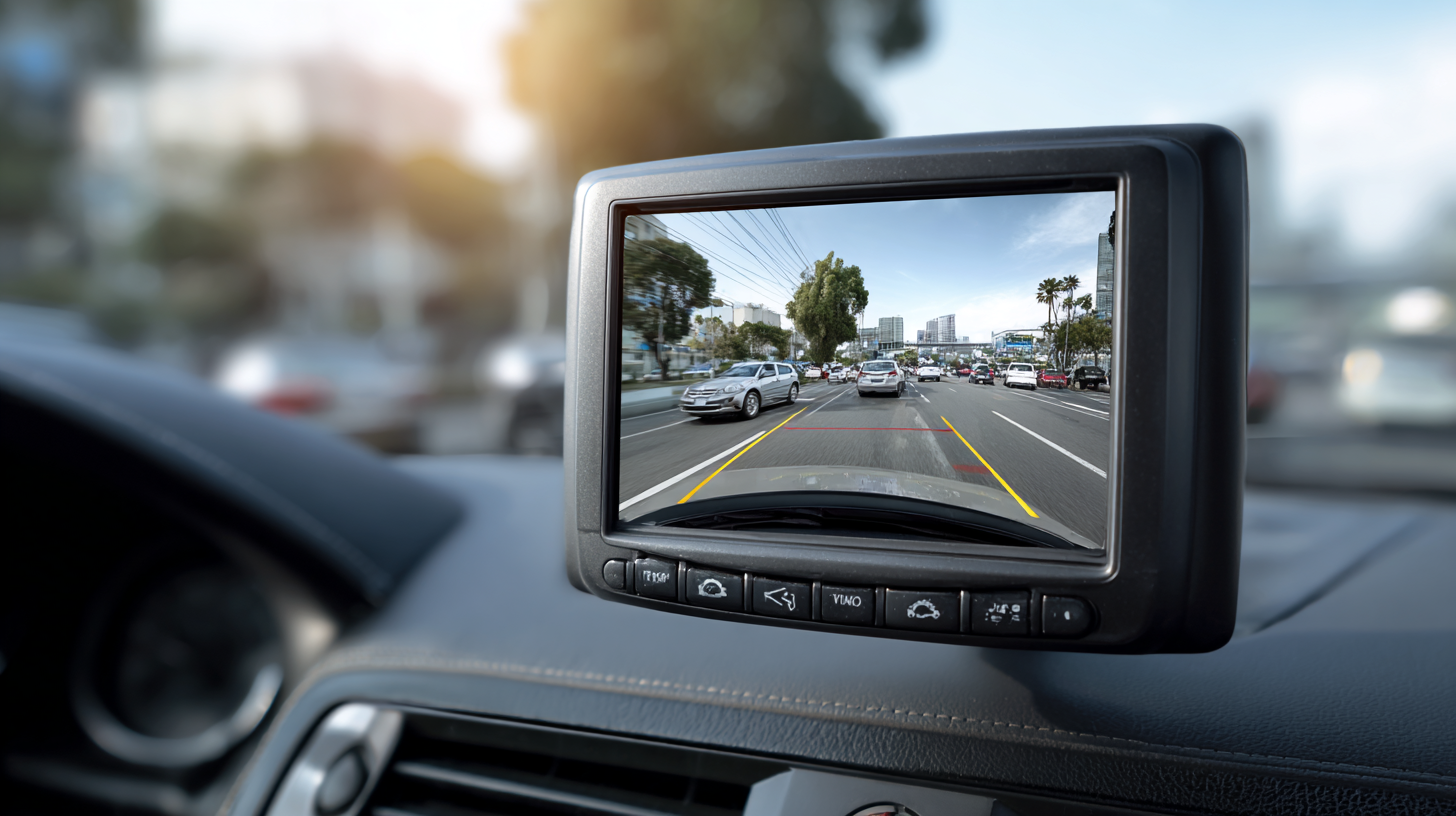In today's fast-paced world, ensuring the safety of drivers and passengers has become a paramount concern, particularly when it comes to backing up vehicles. A reliable Backup Camera System is more than just a convenience; it is an essential feature that enhances overall safety by providing crucial visibility when reversing. As the automotive industry continually evolves, the demand for high-quality, technologically advanced backup camera systems has surged.

This blog will explore effective solutions for selecting the best Backup Camera System for your vehicle, emphasizing superior quality and safety. With China emerging as a global leader in manufacturing, it is vital to understand the importance of choosing top-notch products that leverage cutting-edge technology. Join us as we delve into the key factors that contribute to a safer driving experience through the intelligent use of backup camera systems.
The automotive industry has witnessed a significant push towards enhanced safety features, with backup camera systems at the forefront of this revolution. Stringent safety norms imposed by governments globally, in response to the alarming rise in traffic accidents, have been pivotal in the market's growth. In fact, projections show that the global automotive backup/reverse camera market is poised to witness substantial expansion, with estimates suggesting a value increase from $2 billion in 2022 to over $4.5 billion by 2032. This demand is driven by an increase in regulatory requirements mandating the installation of rear visibility systems in new vehicles.

Moreover, technological advancements have played a critical role in the development of backup cameras. Innovative products, such as high-definition LCD video processors and rugged camera modules, enhance the functionality and reliability of these systems. For instance, the introduction of the first full HD 1080p LCD video processor has significantly improved image quality, making it easier for drivers to navigate safely. As a result, consumers can expect a more secure driving experience, with many vehicle models now standardizing reverse cameras, thereby ensuring that functionality is not just limited to passenger cars but is also extending to larger vehicles like trucks.
When selecting the best backup camera system for your vehicle, it's essential to prioritize key features that enhance safety and functionality. A comprehensive study by the National Highway Traffic Safety Administration (NHTSA) indicates that backup cameras can reduce backover incidents by nearly 30%. Therefore, features such as high-resolution video, wide viewing angles, and night vision capabilities should be at the forefront of your decision-making process. A camera with at least 720p resolution provides clearer images, making it easier to spot obstacles.
Moreover, the integration of advanced technology can significantly improve your driving experience. Look for systems equipped with guidelines that adjust as you turn the steering wheel, which help in maneuvering more precisely. According to a report by the Insurance Institute for Highway Safety (IIHS), vehicles with these dynamic guidelines have seen a 20% decrease in parking-related accidents. Additionally, features like parking sensors and real-time notifications can further enhance safety by alerting you to nearby hazards. Investing in a robust backup camera system not only promotes safety but also instills confidence behind the wheel.
When considering backup camera systems, it's crucial to acknowledge their common problems and limitations. According to a 2021 report from the National Highway Traffic Safety Administration (NHTSA), while backup cameras significantly reduce the risk of backover accidents by an estimated 30%, they are not infallible. Drivers may still misjudge distances, especially in low-light conditions or under adverse weather, where visibility is compromised. The effectiveness of these systems can be hindered by factors such as dirt obscuring the camera lens or unexpected obstructions in the vehicle's blind spots.
Tip: Regularly check your backup camera for cleanliness and functionality to ensure optimal performance.
Moreover, many backup cameras have a fixed field of view, which may not cover all surrounding areas effectively. A study by the Insurance Institute for Highway Safety (IIHS) reveals that only 40% of vehicles equipped with backup cameras have the additional benefit of rear cross-traffic alerts. This limitation underscores the need for drivers to remain vigilant and not rely solely on camera technology.
Tip: Consider investing in a backup camera system that offers additional features like sonar sensors or surround-view cameras for a more comprehensive safety solution.
| Feature | Description | Common Problems | Limitations |
|---|---|---|---|
| Image Quality | Resolution and clarity of the camera feed. | Poor image quality in low light conditions. | Limited field of view compared to human peripheral vision. |
| Latency | Delay between camera feed and display response. | Notable delay causing reaction timing issues. | Signal interference can increase latency. |
| Weather Resistance | Ability of the camera to perform in various weather conditions. | Foggy or misty conditions can obscure vision. | Water damage can affect non-sealed units. |
| Integration with Vehicle | Compatibility of the camera system with the vehicle's electronics. | Improper installation can cause malfunction. | Limitations in older vehicle models for integration. |
| Storage and Accessibility | Options for storing and reviewing camera footage. | Difficulty in accessing saved footage in certain systems. | Limited storage capacity for continuous recording. |
When considering the installation of a backup camera system, it's essential to evaluate the safety regulations and compliance standards that govern vehicle cameras. According to the National Highway Traffic Safety Administration (NHTSA), backup cameras have been shown to reduce the risk of backover accidents by nearly 30%. This statistic highlights the crucial role that these systems play in enhancing vehicle safety, especially for households with children or pets. Understanding these regulations not only helps in selecting the right system but also ensures compliance with federal and state laws, which may mandate the use of such technology in new vehicles.

When choosing a backup camera, ensure it meets the latest regulatory standards, such as those outlined in the Federal Motor Vehicle Safety Standards (FMVSS). Additionally, look for models that feature a clear image resolution of 720p or higher and a minimum field of view of 130 degrees. These specifications are key to providing adequate coverage and minimizing blind spots.
Tips:
1. Always check for compliance with the NHTSA guidelines when purchasing a camera system to avoid legal issues.
2. Opt for systems equipped with additional features like dynamic guidelines or obstacle detection, as these enhance safety further while adhering to industry standards.
3. Regularly maintain your backup camera to ensure optimal performance, preventing blind spots and ensuring compliance with safety regulations.
When it comes to enhancing safety while driving, investing in a reliable backup camera system is paramount. With a plethora of options available on the market, it can be overwhelming for buyers to determine which system best suits their needs. The first step in comparing different backup camera systems is to consider the key features each option offers. Factors such as image quality, field of view, and night vision capabilities significantly impact the system's effectiveness. Additionally, ease of installation and compatibility with various vehicle types are crucial considerations for potential buyers.
Another important aspect to evaluate is the range of additional features that some backup camera systems provide. For instance, models equipped with parking guidelines, dynamic trajectory assistance, and even integration with smartphone apps can enhance the user's experience. Buyers should also look into user reviews and ratings, as real-world feedback can provide insights into performance and reliability. Lastly, consider the warranty and customer support options available, as these elements can be indicative of the manufacturer's commitment to quality and service.
